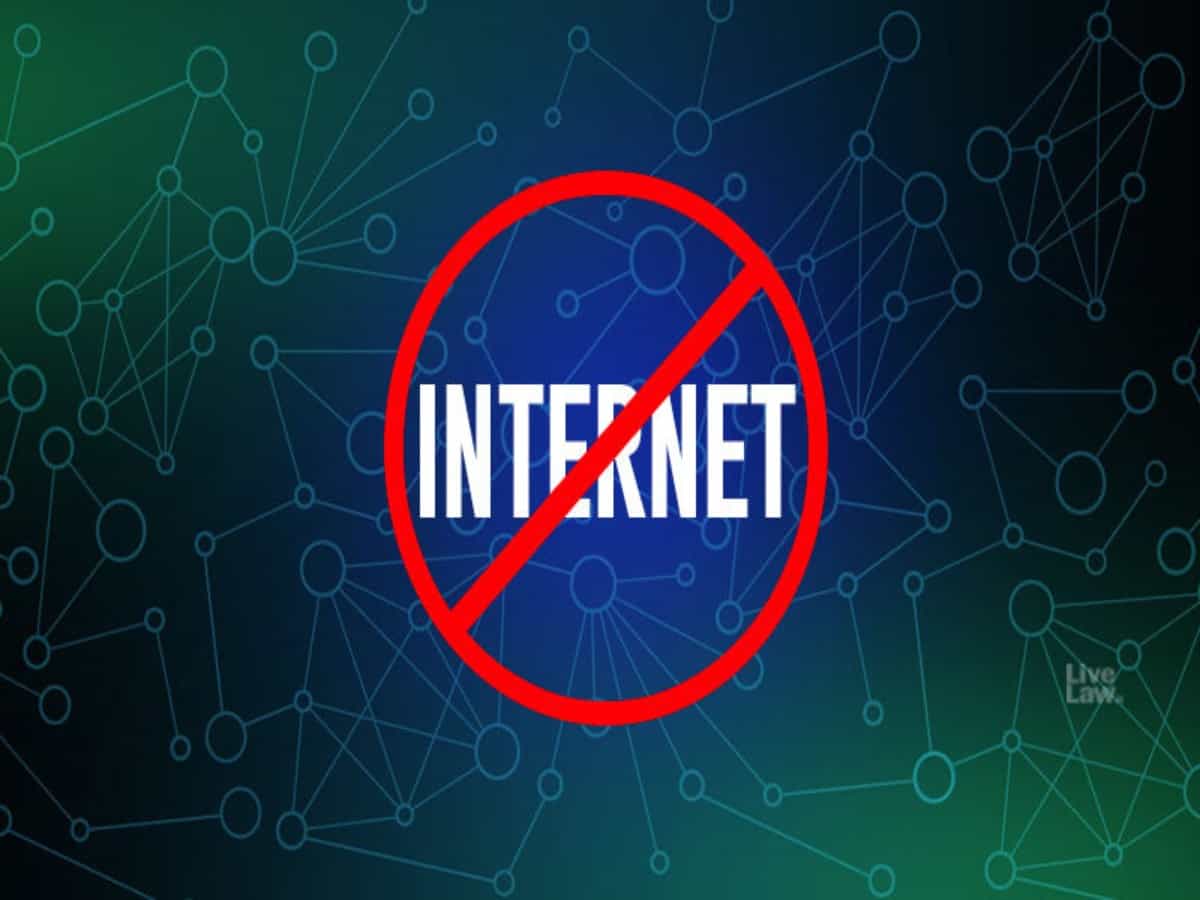With as many as 109 shutdowns in the year 2020, India topped the list of countries with the highest number of internet shutdowns in one year, an extensive report by Access Now revealed.
Titled “Shattered dreams and lost opportunities: a year in the fight to #KeepItOn”, the report is an effort to explore the reasons behind the deliberate internet switch-offs and the long-lasting effects on several communities across the world.
Due to the lockdowns imposed as a result of the COVID-19 pandemic, internet became a necessity for people to work, study and communicate. But the study found that even during such difficult times, 155 internet shutdowns were imposed by 29 countries, of which 109 were imposed in India. It is extremely alarming considering the closest is Yemen with only 6 internet shutdowns.
According to the report, many governments across the world consider switching off the internet when they need to hide political instability, respond to communal violence, suppress opposition groups, claim purported victory in disputed elections, thwart protests, and stop students from cheating during exams. It has been found that human rights violations peak during the period of a shutdown.
The shutdowns in India were mostly targeted at the Jammu & Kashmir region, where 4G internet was restored only very recently, and the sites of farmers’ protests, in order to crush dissent.
The J&K administration was forced to disclose reasons and justifications behind the shutdowns after journalists and civil society groups challenged the lack of transparency behind internet blackouts in Kashmir in the Supreme Court of India. However, the data concerning previous shutdowns has not been made public. The report says that the union government has, so far, failed to provide proper answers to the hundreds of internet blackouts in Kashmir and announced at the Parliament that they do not have the data on it.
Another aspect the report found to be problematic is the lack of mechanism on the Indian government’s part to centrally collate and publish information on shutdowns going forward. The states are also not being encouraged to provide similar information. It is impossible to get the true picture and legal justifications behind these massive shutdowns until the states and the center publish their orders and the center takes responsibility for the transparency.
The study also analyzed the available shutdown orders and media reports from 2020 and found that “precautionary measure” was the most commonly cited reason for a shutdown in 2020. “Impending security incident” or “stop anti-national elements from sharing false information on social media” were other goto excuses.
The official justification may not always match the reality in countries like India. The report points to the trend of ordering shutdowns targeting political demonstrations and raises an alarm on how it has been normalized across all states.
“When officials say they are using shutdowns to fight ‘fake news’ or ‘hate speech’, it can mask an attempt to hide or distort information around political instability, obscure police clashes, or targeted attacks that take place during communal violence or stop people from organizing protests,” said the report.
The study also provides an in-depth analysis of internet shutdowns in various countries like the 365-day internet shutdown in Rohingya refugee camps in Bangladesh, the 121-day internet blackout during elections in Belarus, and the longest internet shutdown that has been going on since 2019 in Chin and Rakhine states of Myanmar.
The #KeepItOn initiative by Access Now is a global effort to end internet shutdowns across the world. So far, 243 organizations including advocacy groups, research centers, media organizations from 150 countries have joined the movement. Using a decentralized approach in their work, the initiative is collaborating with grassroots organizations to plan and implement strategies to fight against internet blackouts.

